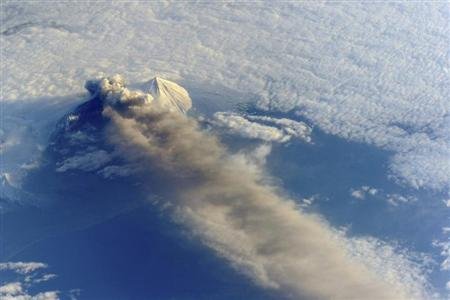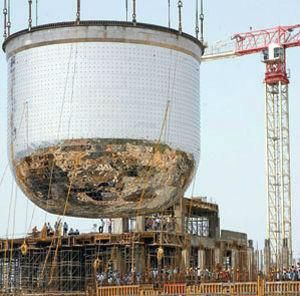The biggest earthquakes also move mountains.
The massive earthquakes that struck Japan and Chile in 2011 and 2010, respectively, sank several big volcanoes by up to 6 inches (15 centimeters), two new studies report.
This is the first time scientists have seen a string of volcanoes drop after an earthquake. Even though the mountains are on opposite sides of the Pacific Ocean, their descents look remarkably similar. The two teams have different explanations for why the volcanoes sank, according to the studies, published today (June 30) in the journal
Nature Geoscience. However, both groups agree it's likely scientists will discover more examples of drooping volcanoes after big earthquakes, and find a single mechanism that controls the process.
"It's amazing, the parallels between them," said Matthew Pritchard, a geophysicist at Cornell University in Ithaca, N.Y., and lead author of one of the studies. "I think it makes a really strong case that this is a ubiquitous process."



Comment: SOTT.net can explain it: the recent localized heatwave is probably the result of increased underwater and land-based volcanic activity, which in turn is the result of Earth Changes brought on by the grounding of the electrical current running through the solar system. Listen to this episode of SOTT Talk Radio to find out more!